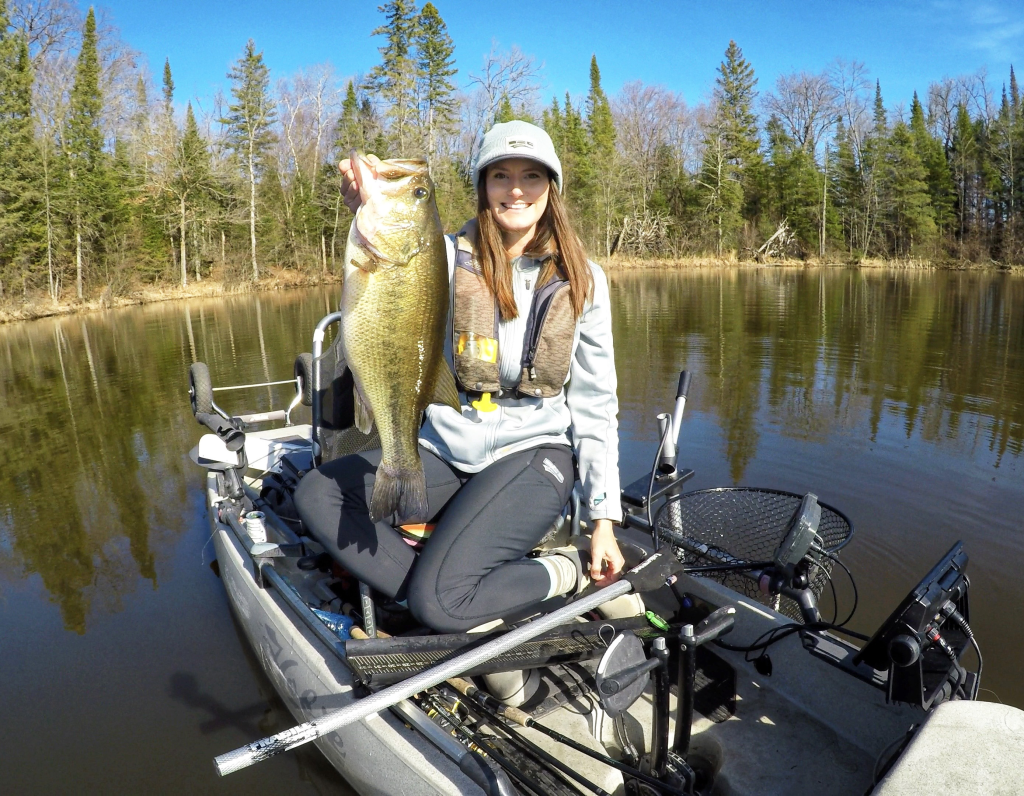|
Be careful when you handle any catfish (especially the smaller ones) because they have three sharp spines (one on their back and one in each of their side fins) that can poke, prick or cut you and cause a lot of pain. However, contrary to a common misconception, their whiskers can’t hurt you!
Known as excellent fighters and quality table fare, it’s no surprise that both channel and flathead catfish have become more popular with anglers in recent years.
So, how do you catch them?
Anglers can generally find them in rivers. Channel catfish eat just about anything and have a keen sense of smell. Cheesebaits, stinkbaits, chicken livers, minnows and nightcrawlers are all good bait choices.
Flathead catfish primarily eat other fish, so live fish typically work best, but nightcrawlers may work as well.
The state record channel catfish is 44 pounds, and the flathead catfish record is over 74 pounds.
Find more information to help you can catch a catfish.
Learn how to identify other Wisconsin fish species on the DNR’s species page.
Remember to check the fishing regulations for size restrictions, bag limits and season dates for the species you are catching. |
